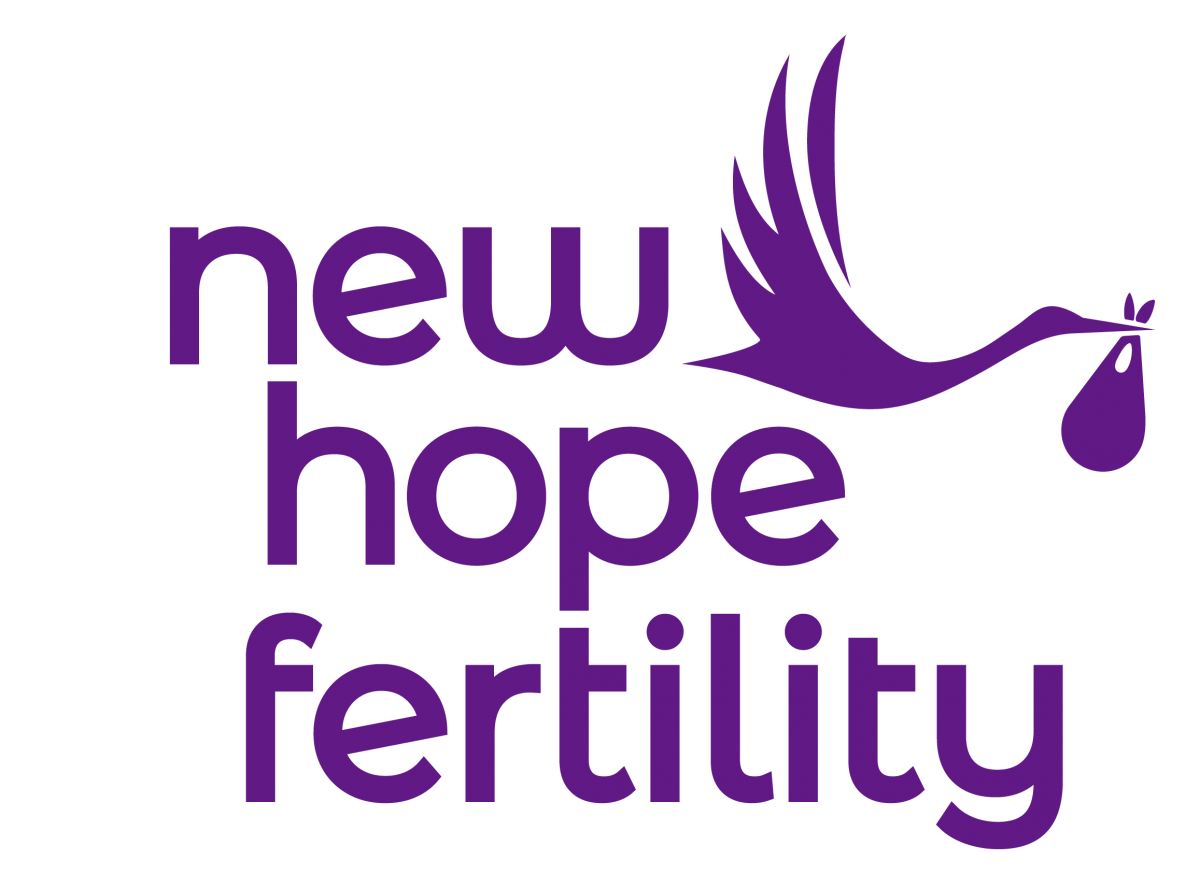
WHAT IS A DESIGNER BABY?
If you haven’t heard the term “designer babies” yet, chances are you will soon. In its simplest definition, a designer baby is an embryo that has been genetically modified (or gene-edited) for the sake of producing a child with specific traits. In some cases, unfavorable characteristics or bad traits (like genetic disease) may be removed, or favorable traits (like enhanced intelligence or strength) might be added. And while it might seem like it’s straight out of science fiction, designer children are becoming a reality—and so are abounding questions about how the process works.
Designer babies have been the subject of much discussion and debate over the years. In particular, there have been many ethical questions surrounding genetic modifications and their purpose. Here, we’ll cover what it means to “create” babies in the lab, as well as the evolution of IVF technology and where it’s headed in the future. Note that the information on this page is for academic purposes only. If you have any specific questions, please reach out to us directly.
HOW ARE DESIGNER BABIES CREATED?
In many ways, designer babies—sometimes called genetically modified babies—are the obvious result of decades of advancing IVF technology. Once scientists discovered how to create babies in the lab, embryo editing to produce a healthy GMO baby (also referred to as GM baby) was perhaps a natural next step. Scientists saw the potential to not just optimize genes for disease prevention, but also to choose aesthetics and personality traits.
There are various technologies involved in the creation of a GM baby. One protocol is Preimplantation Genetic Diagnosis (PGD), where embryotic genetic defects are identified preimplantation and only embryos devoid of certain genetic disorders are implanted. Most recently in the news is CRISPR genetic engineering, which was originally created in the 1980’s. An evolution of the genetic technology is known as CRISPR-CAS9. CRISPR designer babies are created by modifying DNA fragments to prevent and correct disease-causing genetic errors. CAS9 is a special technology which can remove or add certain types of genes from a DNA molecule, and most recently has been used after fertilization for gene-edited embryos.
WHAT IS THE HISTORY OF IVF?
The history of designer babies is closely tied to the history of IVF. The first IVF baby was born in 1978, and since then, IVF has evolved rapidly to get us where we are today. There are six distinct generations that have defined IVF’s history:
- Gen 1 – Traditional IVF (in vitro fertilization)
- Gen 2 – Intracytoplasmic Sperm Injection (ICSI)
- Gen 3 – Preimplantation Genetic Screening/Diagnosis (PGS/PGD)
- Gen 4 – Nuclear Transfer (HER IVF/3-Parent Baby Technology)
- Gen 5 – Gene Editing (GMO babies/Designer Babies)
- Gen 6 – Artificial Gametes (Stem Cells)
Each generation in IVF’s history represents a significant milestone in our ability to not just help people conceive but to refine the process and make it both more successful and more accessible. Since the first IVF baby in 1978, more than 8 million babies have been born thanks to advancing IVF technology.
WHAT IS THE ETHICAL DEBATE ABOUT DESIGNER BABIES?
Part and parcel of the designer baby discussion is designer babies ethics. There is an ongoing ethical debate about whether it’s okay to actively edit a baby’s genetic traits—and more importantly, how to do so responsibly.
“Gene editing currently exists in nature. Evolution is constantly editing our genes, but very slowly,” says Dr. John Zhang, medical director and CEO of New Hope Fertility Center. “The ability to speed this up and remove unwanted defects in humans is important. I am in full support of this work for medical necessity and use, but understand that this is controversial and ethically, we need to gauge the public’s’ sentiment.”
“Guidance and regulation should be cornerstones of any work in this field, without a doubt. To that end, if allowed, this work should receive government support to ensure the application is performed in a safe and responsible way. Prohibition may delay progress to the detriment of humanity, but support could spark a legacy of genetic health that would allow mankind to flourish for centuries to come.”
As to whether parents have a right to prenatal autonomy, it depends largely on what things like PGD and CRISPR-CAS9 are used for. Preventing and curing disease has a different ethical connotation than choosing a baby’s gender, eye color, or propensity toward athleticism or intelligence. The ethical debate around designer babies will continue to deal with genetic modification itself, as well as when and how it’s appropriate.
WHAT DOES THE FUTURE OF IVF LOOK LIKE?
Advances in IVF treatments, CRISPR/CAS9, and targeted genome editing are allowing us to reach more possibilities for people to conceive healthy babies and to stop the transfer of genetic disorders. This means that disease prevention and cancer prevention (through the prevention of BRCA gene inheritance, for example) may become a possibility in the near future. This new technology also creates hope of achieving a cure for some types of cancer.
These advancements have allowed IVF treatments to become more sophisticated. Moving forward, gene technology has a strong possibility of helping people conceive easier, and ups the chances of preventing diseases and producing healthier babies. At New Hope Fertility Center, we’re optimistic about the changes currently taking place in IVF and those that are to come, and we’re dedicated to staying abreast of them to improve patient success.
In line with New Hope Fertility Center’s commitment to providing the latest technology, research is ongoing. For press or media related inquiries, please contact pr@nhfc.com.
